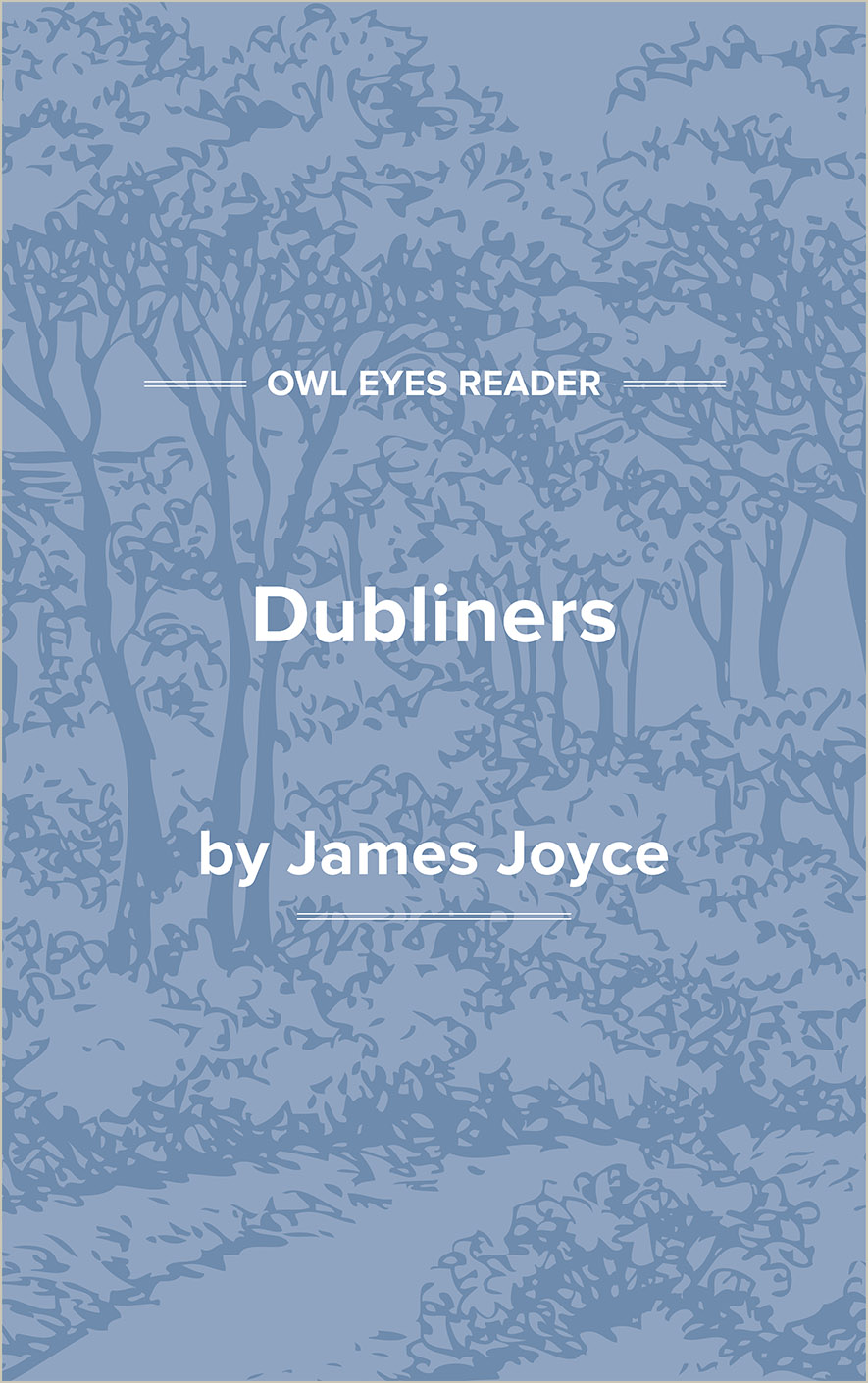Study Guide
Analysis Pages
James Joyce Biography
The life of James Augustine Aloysius Joyce is interwoven so inextricably with his work that to consider one requires considering the other. The definitive biography of Joyce, by Richard Ellmann, is as strong in its interpretation of Joyce’s work as it is of his life. If Joyce, as Ellmann suggests in that biography, tended to see things through words, readers must try to see him through his words—the words of his work—as well as through the facts of his life.
Joyce was born into a family whose fortunes were in decline, the first child to live in the match of a man who drank too much and accumulated too many debts and a woman whose family the Joyces considered beneath them. John Joyce, James’s father, became the model for Stephen’s father both in A Portrait of the Artist as a Young Man and in Ulysses, where he is one of the most memorable characters, and also a model for H. C. Earwicker in Finnegans Wake. If Joyce’s father seemed not to understand his son’s work or even to show much interest in it during his lifetime, that work has become a surer form of immortality for him than anything he ever did himself.
Joyce was educated at Clongowes Wood College, a Jesuit school not far from Dublin that he memorialized in A Portrait of the Artist as a Young Man, and later at Belvedere College, also Jesuit, in Dublin. In 1898, on his graduation from Belvedere, he entered University College, Dublin. At this point in his life, increasingly rebellious against the values of his home and society, Joyce did his first writing for publication. He graduated from the university with a degree in modern languages in 1902 and then left Dublin for Paris to study medicine. That, however, quickly gave way to Joyce’s real desire to write, and he entered a difficult period in which he turned to teaching to earn a living. The problems of the father had become the problems of the son, but during this period Joyce wrote some of his best earlier poems, including what is now the final piece in the Chamber Music sequence. With the death of his mother imminent in April, 1903, Joyce returned to Dublin, where, the following winter, he began to write the first draft of A Portrait of the Artist as a Young Man (known as Stephen Hero).
By far the most important event after Joyce’s return to Ireland, however, was his meeting in June, 1904, with the woman who was to become his mate for the rest of his life, Nora Barnacle, whose roots (like those of the family Joyce) were in Galway, the westernmost county in Ireland. If Joyce’s mother’s family had seemed too low for the Joyces, Nora’s family was even lower on the social scale, but Joyce, like Stephen Dedalus, was to escape the net of convention and take the woman he loved away from Ireland to live in a succession of temporary residences on the Continent while he established himself as a major writer. The model, at least in part, for Molly Bloom and also for Anna Livia Plurabelle, Nora, not Joyce’s legal wife until 1931, was the mother of their two children—Giorgio, born in 1905, and Lucia, born in 1907—and Joyce’s main emotional support for almost four decades.
From the time Joyce and Nora moved to the Continent until the outbreak of World War I, they lived chiefly in Trieste, a port city in northeastern Italy that in appearance seemed more Austrian than Italian; there Joyce taught English in a Berlitz School, and wrote; he returned to Ireland only twice, in 1909 and again in 1912, for what turned out to be his last visit. With the outbreak of the war, Joyce and his family moved to Zurich, which was neutral ground, and in 1920—after a brief sojourn once again in Trieste—moved to Paris, where they were to remain until the fall of France twenty years later.
Paris in the 1920’s, Ernest Hemingway was to write years later, was a “moveable feast,” but Joyce, as always, was a selective diner, an integral part of the literary life of Paris at that time, yet...
(The entire page is 1,035 words.)
Owl Eyes subscribers get unlimited access to our expert annotations, analyses, and study guides on your favorite texts. Master the classics for less than $5/month!

